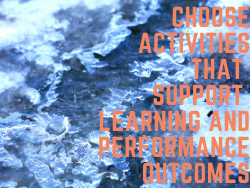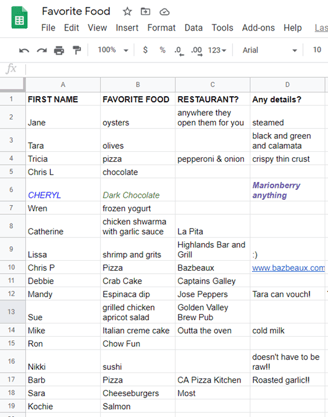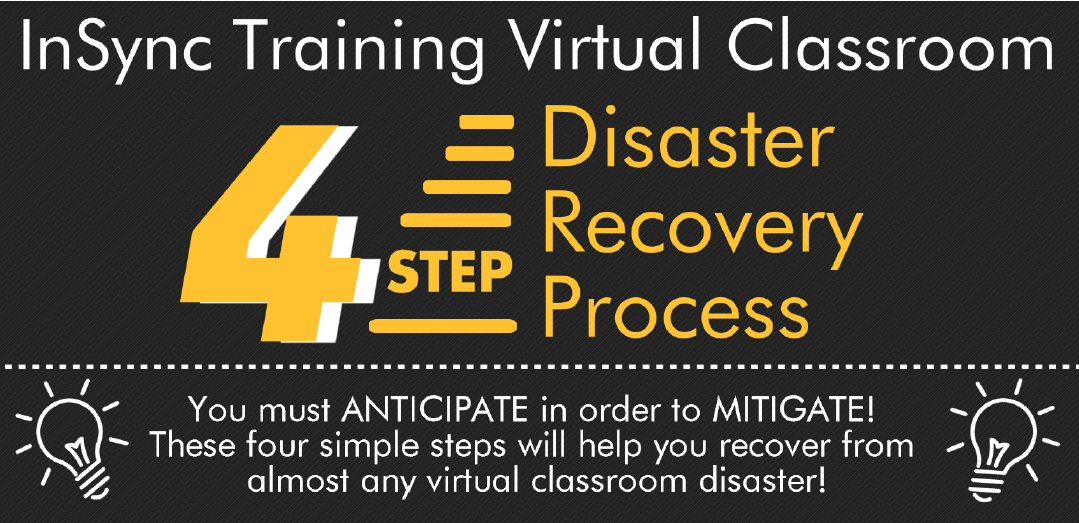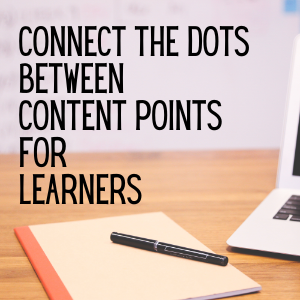4 Steps to Prepare For And Survive Virtual Classroom Tech “Disasters”
When facilitating a virtual event, the facilitator has three jobs: Foster environmental engagement by creating a place where people can and want to...
2 min read
Jane Bozarth : Sep 30, 2020 12:30:00 PM

 While researching evidence-based practices for the virtual classroom, I was looking for specific examples of activities that supported proven approaches like retrieval practice and feedback. What I found mostly were hundreds -- literally hundreds -- of sites and blog posts and articles promising ideas for “engagement and interaction” that were usually nothing more than lists of “icebreakers”, often just the same ones repeated from site to site and post to post. And y’all: I remember doing “2 Truths and a Lie” at a trainers meeting in 1996, and it wasn’t new then.
While researching evidence-based practices for the virtual classroom, I was looking for specific examples of activities that supported proven approaches like retrieval practice and feedback. What I found mostly were hundreds -- literally hundreds -- of sites and blog posts and articles promising ideas for “engagement and interaction” that were usually nothing more than lists of “icebreakers”, often just the same ones repeated from site to site and post to post. And y’all: I remember doing “2 Truths and a Lie” at a trainers meeting in 1996, and it wasn’t new then.
I realize that trainers are well-intentioned, believing that icebreakers can set a friendly tone, relax the group, help people get to know others a bit, kick off with a bit of fun, or overcome fatigue. But often they just (best-case) take up time, make things awkward for everyone, and bear no connection to instructional content or outcomes. People who already work together or who have been in multiple class sessions together have already broken the ice. And sometimes they (less than best-case) embarrass people, invite too much self-disclosure, or make people feel put on the spot to come up with a funny or creative answer.
I think what bothers me most is not that trainers and facilitators want to do icebreakers so much as icebreakers are often the only kind of activity they want to do. Once that’s out of the way, they go on to presenting content rather than finding or creating activities that support instruction and get participants interacting in a natural way.
Example:
In opening a “social media basics” class, I ask if the people taking notes anyway – there are always some note takers -- would mind taking them using a collaborative document instead of on their own device. This opens the door to a quick lesson on Google spreadsheets, where it makes sense to ask the group a quick, easily answered question.
The primary goal of the activity: Learn how to use collaborative documents, specifically a Google spreadsheet. I could ask something more work-related, like “What do you hope to get out of this class?”, but I really was after a quick introduction to the tool, not a question that might invite long reflective comments. Or I could have just asked participants to type in their names and left it at that, but adding the “favorite food” (or some similar question) doesn’t take much time, doesn’t invite much self-disclosure, invites a bit of chatter, and maybe encourages participants (like Cheryl) to play with fonts or other features a bit.
The result: They learned how to use a Google spreadsheet. And the debrief of the activity was not a review of “favorite food” but a conversation about how and when collaborative documents might be useful in their work.

Some Tips:
1. Recognize when the ice is broken enough.

2. Be careful of asking for too much self-disclosure.

3. Know your audience.

4. Double tip: 1. Recognize when you've run out of ideas, and 2. Be careful what you wish for.

5. Realize that pretty much everything has already been done.

6. Finally, not to hurt any feelings, but participants often hate icebreakers unrelated to content or outcomes
and see them as pointless and a waste of time. Go over to Twitter and type something like "zoom icebreaker"
into the search box. I will warn you - it ain't pretty. We are now even entering generational icebreaker fatigue:

The same Twitter search will reveal trainers and teachers who just love icebreakers and insist they work. There's a disconnect here that we should pay attention to. Read the room, recognize the needs of your learners, and use activities strategically. Asking, "What am I trying to accomplish?" will help you choose activities that support learning and performance outcomes.

When facilitating a virtual event, the facilitator has three jobs: Foster environmental engagement by creating a place where people can and want to...
BYTE Session Recap This blog post will highlight five key virtual facilitator competencies I discussed in a recent InSync BYTE session. At the end of...

We all know that organizations have had to quickly move face-to-face training to the virtual classroom. This seismic shift extends beyond...